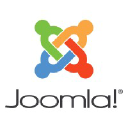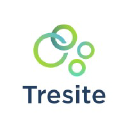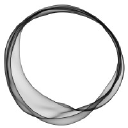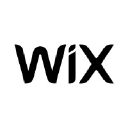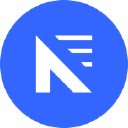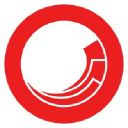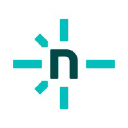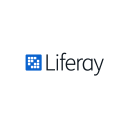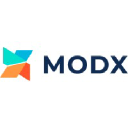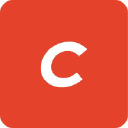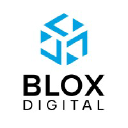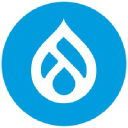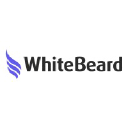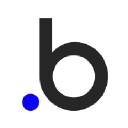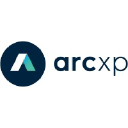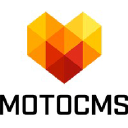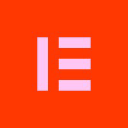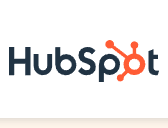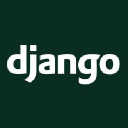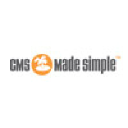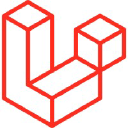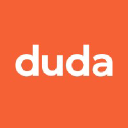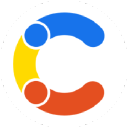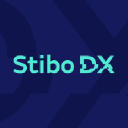
Framer
Framer: A Web Design Tool for Interactive Designs and Animations
Framer is a web design tool that allows users to create interactive designs and animations. It provides a visually intuitive way to design and prototype interactive user interfaces.
Key Features of Framer
- Interactive Design: Framer enables designers to create interactive and animated designs without coding.
- Component-Based Design: The tool uses a component-based approach, allowing designers to create reusable design elements.
- Responsive Design: Designs created in Framer are responsive and adapt to different screen sizes.
- Collaboration: Framer supports collaboration, allowing multiple designers to work on a project simultaneously.
- Prototyping: Designers can create interactive prototypes to test and showcase their designs.
- Code Generation: Framer generates clean and developer-friendly code for the designed components.
Pricing Plans
Framer offers different pricing plans to cater to various user needs:
| Plan | Price | Key Features |
|---|---|---|
| Free | $0 | 1 seat, 3 projects, community support |
| Pro | $15/month | Unlimited projects, premium support, additional features |
| Enterprise | Custom pricing | Dedicated success manager, training and workshops, custom features |
Resources and Support
Framer provides various resources and support options for its users:
- Documentation: Comprehensive documentation and guides are available to help users learn and use Framer effectively.
- Community: Framer has an active community of designers who share their knowledge, designs, and resources.
- Customer Support: Users can reach out to Framer's customer support team for assistance and troubleshooting.
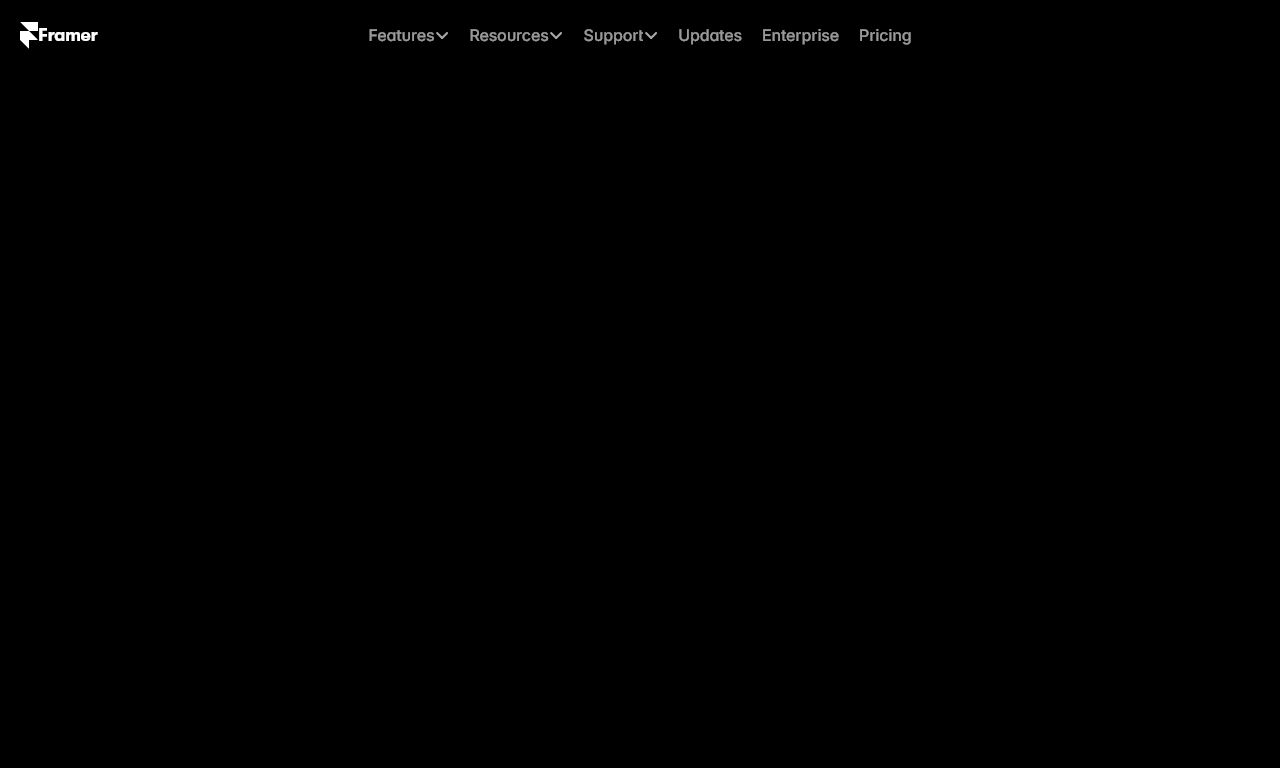
Framer
Framer, primarily known as a design and prototyping tool, has expanded its capabilities to include content management features. This review explores Framer's CMS functionalities and how they cater to modern web development needs.
1. Overview and purpose of the CMS
Framer positions itself as a design-centric CMS that bridges the gap between design and development.
It allows users to create, manage, and publish responsive websites without extensive coding knowledge.
The platform emphasizes visual design tools alongside content management capabilities, making it suitable for designers and content creators alike.
2. User interface and ease of use
Framer's interface is intuitive and visually appealing, catering to users with design backgrounds.
The drag-and-drop editor allows for easy layout creation and content placement.
Users can switch between design and CMS modes seamlessly, enhancing the overall workflow.
3. Content creation and editing tools
Framer offers a range of content blocks and components for easy page construction.
The platform supports rich text editing with formatting options and media embedding.
Custom fields can be created to structure content according to specific project needs.
4. Asset management capabilities
Framer includes a centralized asset library for managing images, videos, and other media files.
Users can organize assets into folders and apply tags for easy searching and filtering.
The platform supports various file formats and allows for easy asset updates across multiple pages.
5. Customization and extensibility options
Framer allows for custom code injection, enabling developers to extend functionality.
The platform supports the creation of reusable components, enhancing design consistency and efficiency.
APIs are available for integrating Framer with external tools and services.
6. SEO features and optimization tools
Framer provides built-in SEO optimization tools to improve website visibility.
Users can easily edit meta titles, descriptions, and URL slugs for each page.
The platform generates XML sitemaps automatically and supports schema markup for enhanced search engine understanding.
7. Security measures and user management
Framer implements SSL encryption by default for all websites created on the platform.
The CMS offers role-based access control, allowing administrators to manage user permissions effectively.
Regular security updates are provided to protect against vulnerabilities and threats.
8. Performance and scalability
Framer-built websites are hosted on cloud infrastructure, ensuring high availability and performance.
The platform uses content delivery networks (CDNs) to distribute assets globally, reducing load times.
Automatic image optimization helps maintain fast page speeds across devices.
9. Integration with third-party tools and services
Framer supports integration with popular analytics tools like Google Analytics for tracking website performance.
The platform allows for easy connection with email marketing services and CRM systems.
API access enables custom integrations with a wide range of third-party services.
10. Pricing and support options
Framer offers tiered pricing plans, catering to individual creators and large teams alike.
Support options include email support, community forums, and extensive documentation.
Enterprise plans provide additional features and dedicated support channels for larger organizations.
11. Mobile responsiveness and multi-device support
Framer excels in creating responsive designs that adapt seamlessly to various screen sizes.
The platform offers device preview modes to test layouts across different devices.
According to Framer, websites built with their CMS achieve an average mobile performance score of 85%, outperforming many traditional CMS platforms.
12. Multilingual capabilities and localization features
Framer supports multilingual website creation with built-in language switching functionality.
Users can manage translations directly within the CMS interface.
The platform integrates with popular translation services for automated content localization.
13. Workflow management and collaboration tools
Framer offers team collaboration features that allow multiple users to work on projects simultaneously.
The platform includes commenting and feedback tools for streamlined communication.
Task assignment and project tracking capabilities enhance overall workflow efficiency.
14. Version control and content revision history
Framer maintains a comprehensive version history for all content and design changes.
Users can easily revert to previous versions or compare changes over time.
The platform supports branching and merging for complex project management scenarios.
15. Analytics and reporting functionalities
Framer provides built-in analytics to track website performance and user engagement.
Custom dashboards can be created to visualize key metrics and trends.
The platform offers integration with advanced analytics tools for more in-depth data analysis.
16. E-commerce capabilities
While primarily focused on design and content, Framer offers basic e-commerce functionality through integrations.
Users can add product catalogs and shopping cart features to their websites.
For more advanced e-commerce needs, Framer recommends integration with specialized platforms like Shopify.
17. Compliance with accessibility standards
Framer prioritizes web accessibility and adheres to WCAG guidelines.
The platform offers built-in accessibility checks and recommendations.
Users can easily implement features like alt text for images and keyboard navigation support.
18. Documentation and learning resources
Framer provides extensive documentation covering all aspects of the platform.
The company offers video tutorials and webinars for users to enhance their skills.
A knowledge base with frequently asked questions and troubleshooting guides is readily available.
19. Community support and ecosystem
Framer boasts a vibrant community of designers and developers.
The platform hosts a marketplace for user-created components and templates.
Regular meetups and conferences foster knowledge sharing and networking opportunities.
20. Migration tools and processes from other platforms
Framer offers migration tools to facilitate transitions from other CMS platforms.
The company provides migration guides and support for popular CMS migrations.
Custom migration services are available for complex projects or large-scale transitions.
Conclusion
Framer's CMS capabilities offer a unique blend of design-centric features and content management tools, making it an attractive option for creatives and businesses alike.
With its focus on visual design, responsive layouts, and seamless collaboration, Framer addresses many of the challenges faced in modern web development.
As the platform continues to evolve, it has the potential to become a significant player in the CMS market, especially for design-driven projects and teams.
Website:

